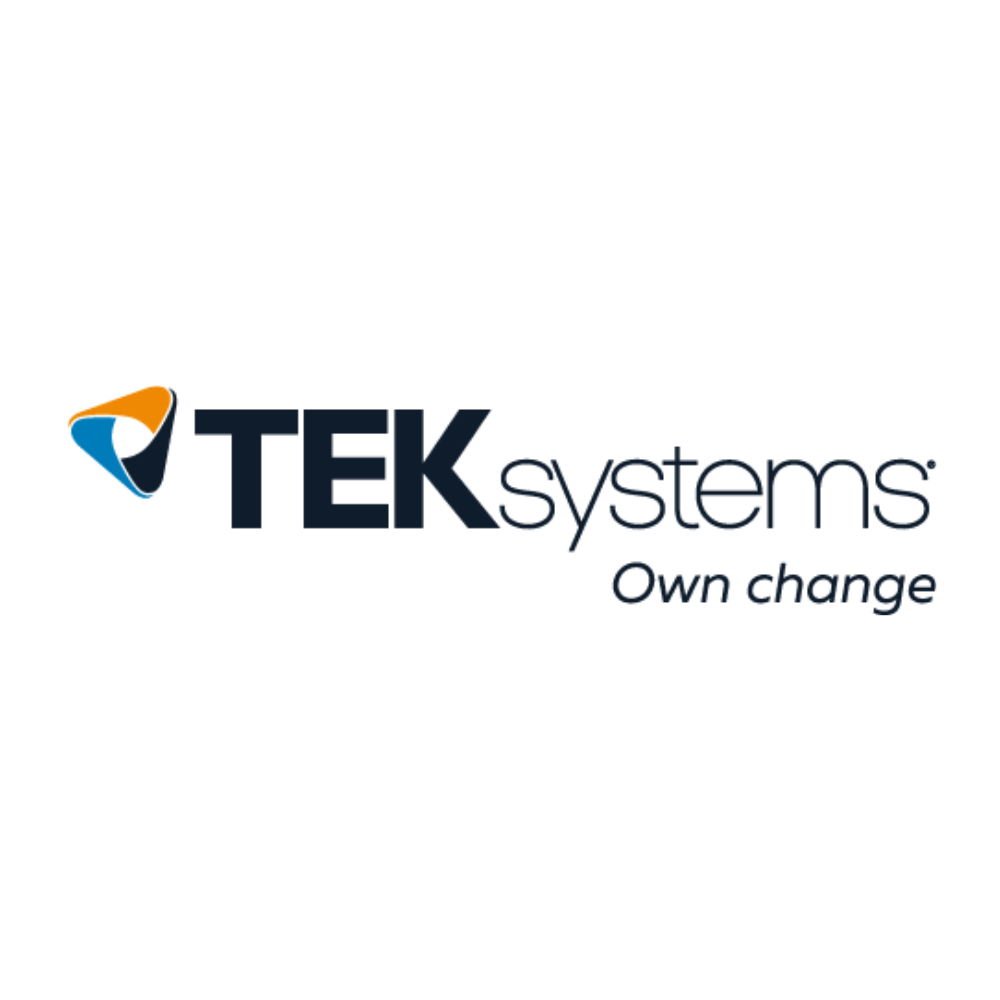
“Without data, you’re just another person with an opinion,” business management expert W. Edwards Deming once said.
Well, how can you get “data” to go from an “opinion” to an insight and build a strong business entity that can sustain fierce competition and an unpredictable future? The answer is simple “IF” it is done right:
Invest in Business Intelligence (BI) solutions that are scalable and have an enterprise mindset.
One of the most common approaches to selecting and implementing a BI solution is when a CIO or top-level IT leader sees a demo of (fill in the blank BI tool…). They love it so much, they think ‘we just need to get it done!’ But wait, what about the backend part of this tool? Did the demo show how the data is curated? Did they show how scalable the data models are? The answer is:
‘We just need to figure out how to make it work!’
That is where BI engineers and consultants come in. Thinking only about the dashboard and not the backend at the beginning is an expensive approach and leads to frustrating implementation. Sometimes, you end up with both the new BI tool and the one you are trying to replace because the shiny new one is not working as well as hoped.
Having a user-friendly BI dashboarding tool is an important part of data analytics. However, more important than the dashboard is the data model and how scalable it is, so an organization can build it once and EVERYONE can use it in any dashboard they build.
A scalable enterprise semantic layer makes BI developers’ and analysts’ jobs a lot easier, and it is one of the factors of achieving BI implementation with “one source of the truth.” A smart business analyst that knows how to build a top-class dashboard does not necessarily know how create a data model, but having the enterprise semantic layer will eliminate that gap. Hence, data modelers are expensive for a reason, but that can be overcome with a build-it-once approach that does not require data analysts to also be data modeling experts.
Here is a common example: There are two dashboards representing an amount figure, (ex. last quarter’s sales) but they show two different values. After a long investigation, you end up with a third different value so the insights become three different “opinions.” The hardest part of this example is trying to explain to the leaders why enterprise data models are important so the analysts do not make the wrong tables join and show incorrect data that might have a consequential outcome.
In conclusion, most people can build a dashboard with little to no training if the data is coming from one table or an Excel file. However, to be an analytical savvy business, it is critical to invest in BI solutions that have built-in scalable enterprise semantic layers so there is “one source of the truth.”
*****
Salem Alsulaiman is a Business Intelligence Engineer and Technology First’s Data Analytics Peer Group Chair. He has more than 10 years’ experience in the Business Intelligence (BI) and data analytics space, implementing end-to-end BI solutions.














.png)




